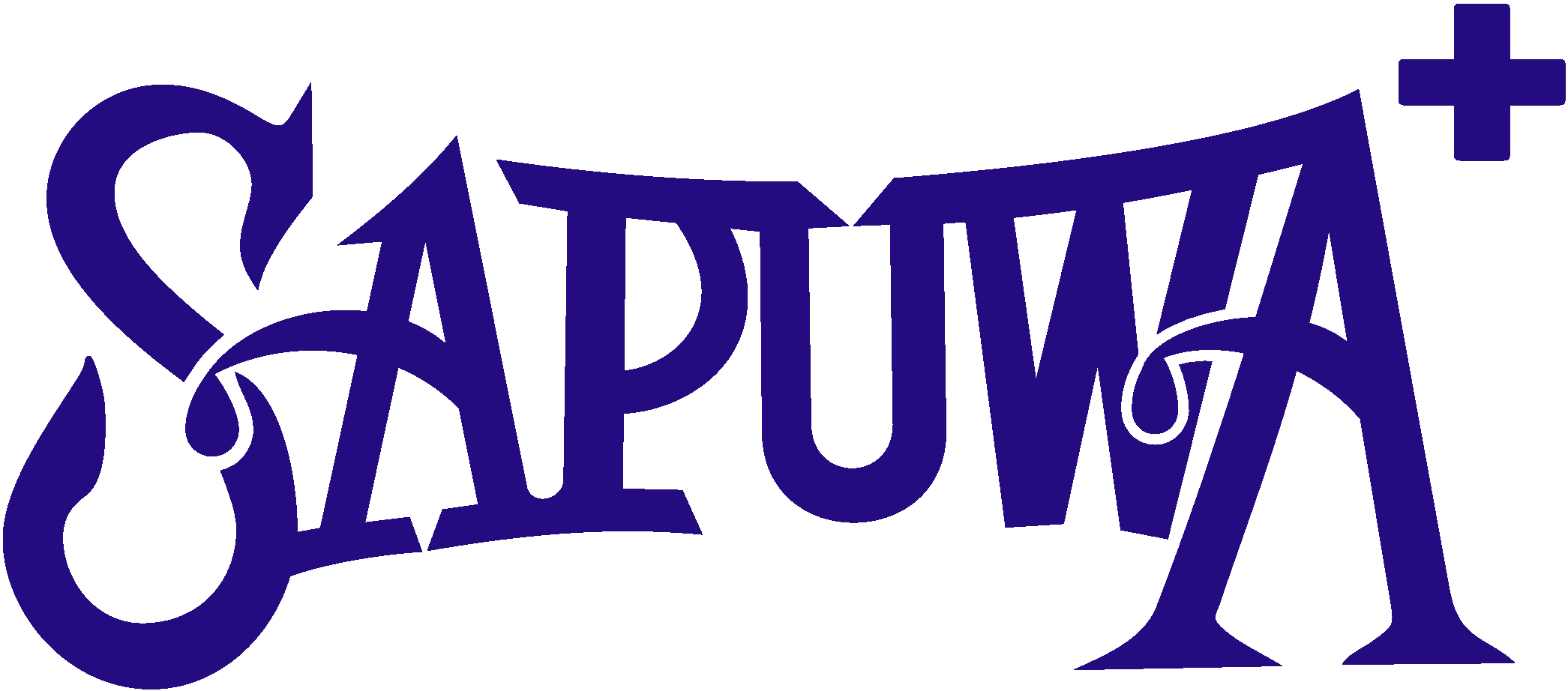HOW MUCH WATER DOES A PERSON NEED?
Every human being needs water to survive and the bare minimum per person for drinking and sanitation is measured at 20 liters a day.
In highly developed countries clean water is available 24 hours a day and the average consumption level is 100 liters per person. In some countries this amount is significantly higher, such as Germany which has an average of 130 liters and the United States at between 200 and 400 liters per person per day.
The German Federal Environment Agency has calculated that on average only 4 liters of the 130 is used for drinking and cooking and almost 50 liters is used for personal hygiene, such as taking showers and baths.
If European standards of water consumption were applied to every country around the world, then in many of the most highly populated, the amount of water needed would have to increase by three to five times the current amount. In the next 30 years the population in these countries is expected to double which means that the amount of water needed would have to increase again.

In contrast, in many parts of Asia and Africa hundreds of thousands of people have to walk miles every day to find clean water. The water supply is often limited, it can also run out and is not always safe for drinking.
The uneven distribution of water is not just a divide between developed and developing nations. In Kenya, many people living in Nairobi must walk miles several times a day to fill containers with water.
Only a few kilometers away from these slums there is an exclusive residential district which has unlimited amounts of clean water available 24 hours a day. The people living in this affluent area enjoy the same standard of water supply as those in Europe or North America while only a few miles away others must rely on unreliable sources.
The United Nations has declared access to clean drinking water and sanitation a basic human right. Together with a number of other international organizations the Assembly has called on Member States to offer funding, technology and other resources to help poorer countries provide clean and affordable water for everyone.
It is hoped that by 2015 thousands more people around the world will have sustainable access to clean drinking water.
References
Source: everylittledrop.com.au/knowledge-center
Collected by Nhu Vu SAPUWA
Relative post
- The secret to staying hydrated when traveling for a complete trip
- What should women over 30 drink to have beautiful skin and a youthful figure?
- Where should you go on September 2 in Ho Chi Minh City - Top 10 extremely hot places today
- September 2nd, where should we travel to heal our souls?
- Explain what electrolyte disorders are and effective ways to prevent them
- Alkaline ionized cooking water does not reveal surprising benefits
- Electrolyzed water to treat atopic dermatitis takes advantage of natural power
- Ways to alkalize the body protect health and prevent disease
- 5 signs of excess acid in the body and effective ways to balance it
- The secret to drinking water properly after eating to protect your health
- Types of water you should and shouldn't drink at night for a good night's sleep
- The secret to making tea with alkaline ionized water is especially delicious








 0
0


